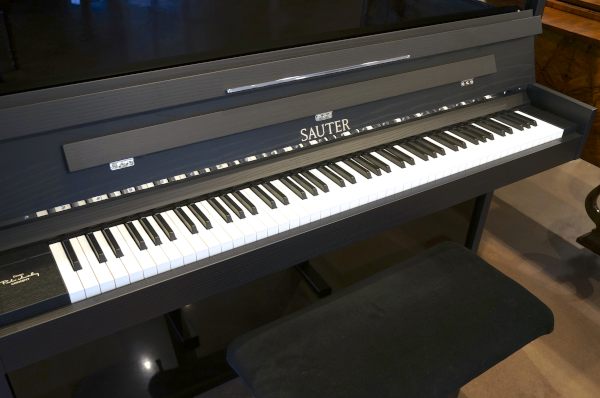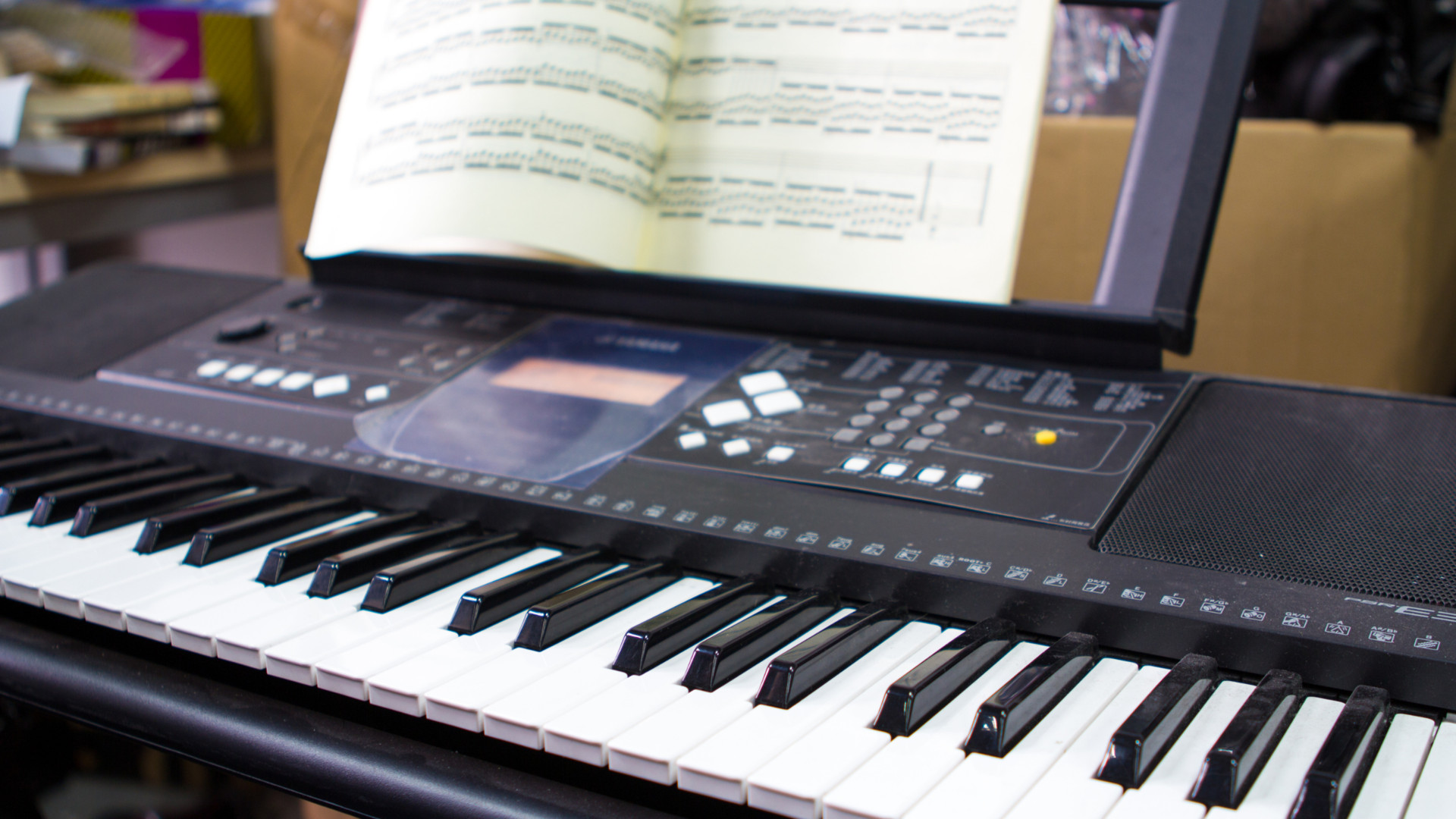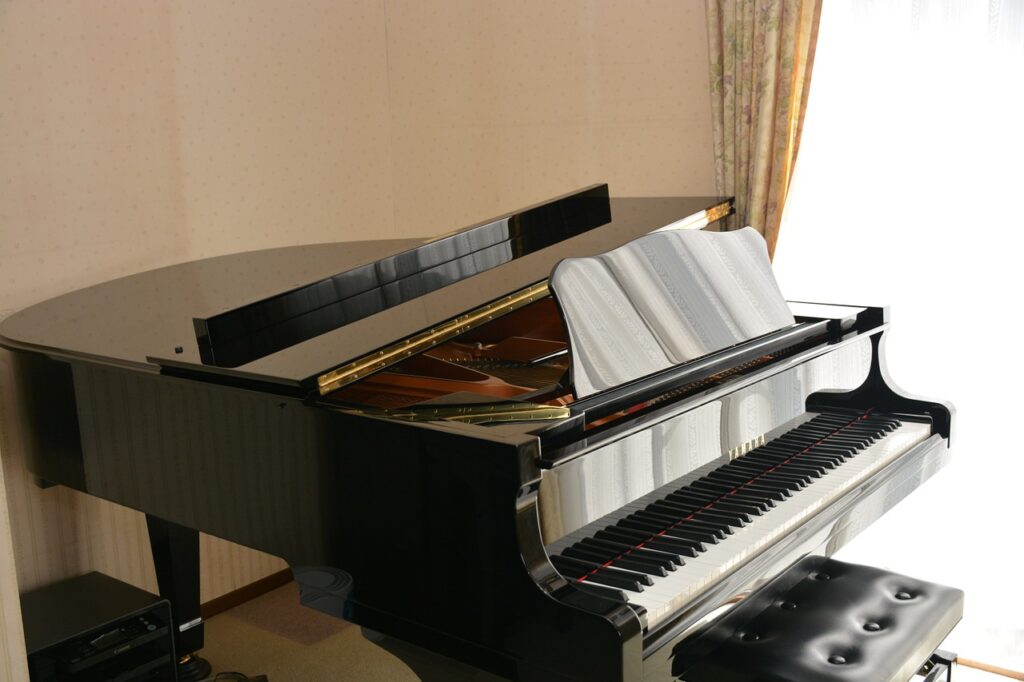If you are an aspiring pianist looking for your first piano, there are two options for you to choose from, one is a digital piano and another is an acoustic piano. There are several in-depth factors that make each kind of piano the best choice for certain kinds of people and cater to their certain kinds of needs. But how do you know what is the best choice for you? Read along to know the differences.
Designs:
When it comes to design, Bartolomeo’s classic design is still used to date. From just the surface level, classic pianos are beautiful and are certainly an attractive addition to any place such as luxury playhouses, hotels, and more. However, it is not just the looks but moisture resistance, sturdiness, and overall feel of classic pianos that are satisfying. Most acoustic pianos produce vibrations that resonate across the wooden compounds creating low-end frequencies that are pleasing on the eras.

On the other hand, a digital piano is minimal looking with an internal string and hammer mechanism completely set in stone. You will get unique control schemes in digital pianos, crossbar systems, and drum pads. So when it comes to design, the sky is the only limit for digital pianos.
Sound:
Almost every acoustic piano, grand or upright will produce a sound generation mechanism from hammers hitting the strings, resulting in producing complex vibrations. The sound of a real acoustic piano will spread the sound so naturally across the room, reverberating based on the shape and size of the environment. It will create a unique sound that is not easy to recreate without intense-sounding speakers.
When it comes to digital pianos, most of them compete with acoustic pianos sound-wise. The way these digital pianos generate sound is by using scrupulously recorded samples or miniature recordings of an acoustic instrument. So every time you are pressing a key on a digital piano you are actually hearing the recording of an acoustic piano, electric piano, bass, or strings. The sound you play on a digital piano is triggered by which note you are playing and how hard or softly you are key-pressing.
Keys:

Most acoustic pianos feature 88 keys, starting from A to C. When it comes to classical pieces a full-sized keyboard is necessary. As acoustic pianos feature complex hammer mechanisms most of the time, the feel and touch are most authentic. Additionally, two keypresses are never exactly the same on an acoustic piano, giving you a desirable ‘imperfection’.
In comparison with acoustic pianos, digital pianos, and their keys will not be able to simulate actual hammer mechanisms hitting strings as the parts are all made of wood and plastic. Digital pianos also react a bit unrealistically when keypresses are being repeated.
Electronic Features:

Most musicians prefer to call themselves keyboardists rather than pianists and that is because electronic features on a piano are a must. Acoustic pianos do not have the feature that allows you to practice pads, synth leads, electric keys, orchestral parts, etc. This might be a limiting factor if you dream to become a versatile performer.
Acoustic pianos cannot compete with digital pianos when it comes to electronic features. Digital pianos have volume knobs and headphone jacks that make it easier to practice. There is also a silent option that makes you practice even on late nights. You will also get an onboard effects section that enhances the sonic variety of digital piano. There are also delays, reverbs, choruses, and many other sound-shaping options.
Portability:
You would never see someone hauling an acoustic piano on stages or gigs. You will always be using a piano that is already there on the stage. So if portability is a big factor for you, then acoustic pianos are not the best option for you.
When it comes to digital pianos and their portability, they are far more lightweight. Most of them are around 15 kilograms or more, which is absolutely not easy to carry around but is a thousand times better than hundreds of kilograms.
Maintenance and Repairs:

Maintenance and repair are the biggest downsides of owning an acoustic piano. The primary element that will require attention is its strings, however, an acoustic piano’s strings are far more complex. Maintaining and repairing it will require a professional tuner so that the right pitch can be maintained throughout. These tuning sessions can vary between every 2-3 years to once every 3 months depending on the piano’s moisture condition. Moreover, due to the wooden exterior, acoustic pianos are vulnerable to humidity and temperature fluctuations.
As opposed to acoustic pianos, digital pianos do not really require tuning or need to be maintained. As they are very durable, they only require maintenance once in a while. The lifespan of a digital piano depends on the product quality, however, typically a digital piano will last for 5-10 years and this becomes 10-20 years if it is a high-end digital piano.
Price:
Let’s get straight to the point, acoustic pianos are expensive, far more expensive than a digital ones. As mentioned earlier, acoustic pianos require regular maintenance so the cost only gets higher. But even though acoustic pianos are expensive, they are a better investment in the long run.
Digital pianos are more affordable and come with various extra features and accessories which is an added advantage. However, the resale value of a digital piano is far less than an acoustic one.
Check out For More News Updates on Google News.

